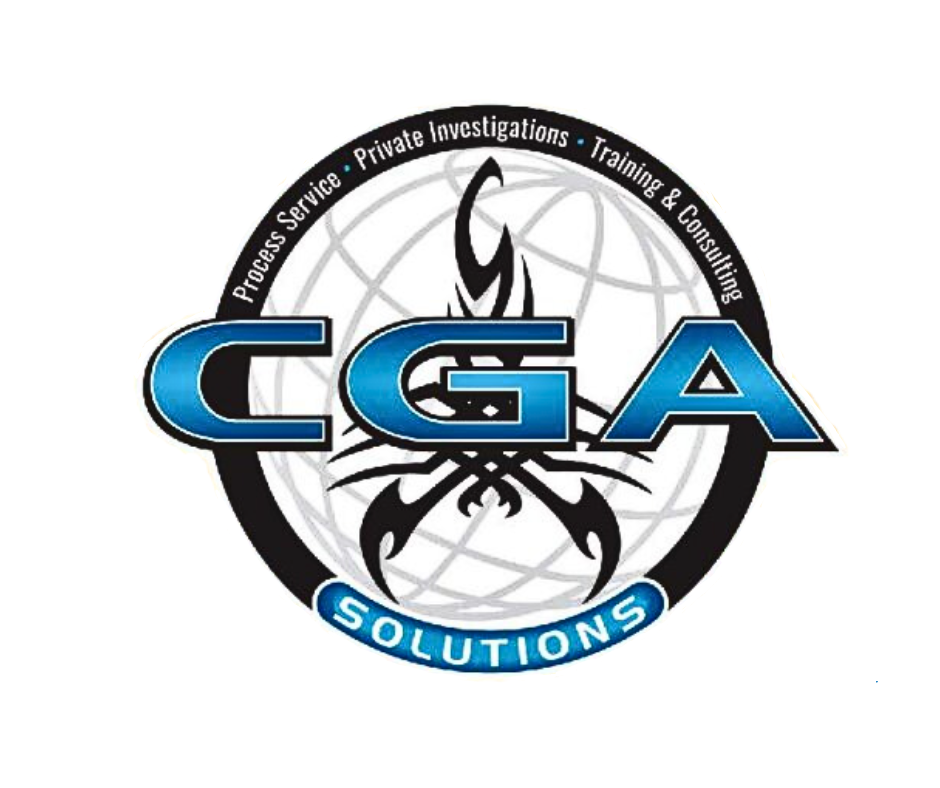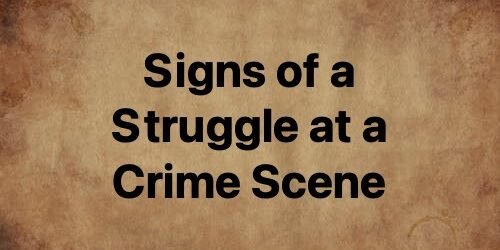Determining the Signs of a Struggle at a Crime Scene from Licensed Death Investigators
When evaluating a potential crime scene, it is not like what you see on TV or in movies. The area must be examined before searching and collecting evidence. This is because a sign of a struggle at a crime scene is not always apparent.
When investigating a potential crime scene, one of the most important components is interpreting what you see around the environment. For example, staged suicides are fairly common and may take a third or forth look at the evidence, body position, and other indications that can help point to what happened moments leading up to a person’s death.
[RELATED: The Five Manners of Death Explained]
[RELATED: Homicide vs. Suicide: How Do You Know?]
One of the telling signs of a victim’s cause of death is a sign of a struggle. Finding evidence of a struggle can help the coroners and authorities to rule out an accidental death or suicide. The following are a few pieces of evidence investigators look for when investigating a potential homicide case.
The Victim Has Defensive Wounds
One of the most telling signs of a struggle is the victim having defensive wounds. Investigators look for bruises, cuts, and swelling around the body. In particular, the wrists and arms. It is a person’s instinct to protect their head, so wounds around the hands and arms are the first place to look. Defensive wounds can also be in the legs as well if the victim was attempting to kick the perpetrator away from them.
Blood Stains and Splatter in Various Areas

One of the other telling signs of a struggle is blood throughout the scene. Is it smeared on the floor or is there a single pool of blood? Is there a
trail of blood or various splatters? Even if the perpetrator cleaned up the scene of the crime, there are still areas that can indicate a struggle.Under furniture, in the fabrics, and even on the ceiling are often areas where blood may be that is often not cleaned up after an attack.
Along with the splatter and stains, even the direction of the blood flow on the victim could tell investigators whether the victim was standing, sitting, or lying down when the wound was inflicted. If the blood on and around the victim does not match the blow flow, stains, or splatter, there is a strong chance that the body was moved or staged post-mortem.
Positioning and State of the Clothing
Ripped clothing or even blood stained clothing can be a telling sign of a struggle. Even something as small as a shirt being rolled up could indicate that the victim was dragged on the ground. Check for missing or mismatched buttons, inside out clothes, tears, holes, and stains. Anything that looks out of the ordinary should always be noted.
Witness and Family Statements for Insight

One of the main services we conduct in a death investigation is finding and interviewing any potential witnesses. This includes neighbors, family
members, friends, and the person (or people) who discovered the corpse. These statements are important to gather to paint a picture of who the victim was and help with the investigation.
For example, if the victim was described as highly organized or always cleans, but their home is in disarray, this could be a telling sign there was a struggle. However, it could also be a sign of mental distress. This is why it is important to know as much about the victim as possible to better understand what happened moments leading up to their death.
Significant Amount of Teared Hair at the Scene
The average person loses about 75 strands of hair a day, so it would be natural to find the victim’s hair in their home or at the location where their body was found. However, hair pulled at the root can indicate something more sinister. Hair pulled from the root still has the pulp at one of the ends. This could mean the victim was dragged or pulled up by the hair.
However, pulled hair could also be a sign of mental distress from the victim. It is always important to gather information regarding the person’s history of mental illness, substance abuse, or extreme anxiety that results in the victim pulling out their own hair.
Our Licensed Team Investigates Suspicious Deaths
Death investigations are complicated and the small details can often be overlooked. If you need a second opinion on a death investigation, our private investigators are here to help. Licensed in Georgia and South Carolina, we are here to get the answers and closure you need. For more information, schedule a consultation today.







